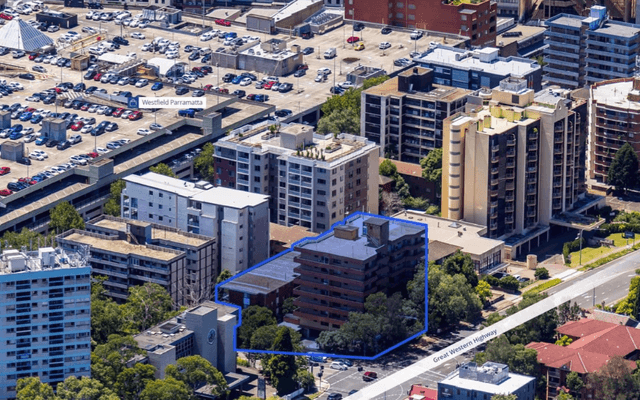This article is from the Australian Property Journal archive
THE national vacancy rate in February remained steady, while in Melbourne lacklustre rental demand is driving up the city’s vacancies.
According to SQM research, February’s vacancy rate has sat steady from January and from February of last year, at 2%. Total vacancies are for the month were reported at 71,544 across Australian residential properties.
In Melbourne, the vacancy rate rose to 4.5%, while down from the record busting 4.7% of December 2020, the absence of international student tenants has left the Victorian capital as with the highest rate in the country.
Though lower than the October 2020 high of 9.4%, Melbourne’s CBD vacancy rate is still elevated at 7.5%.
In Sydney, the vacancy rate jumped from 0.1% in January to 3.3%, while the CBD rate fell was down from the May 2020 high of 14.8%, to 6.3% in February.
“The figures for Melbourne and Sydney would be disappointing for existing property investors. Normally, vacancy rates in these two cities fall over February, in part due to international students starting their semesters. But given the ongoing closure of the international border, the seasonal increase in rental demand has not occurred this year. This year will favour tenants in the inner cities but will also very much remain a landlord’s market in regional Australia,” said Louis Christopher, managing director of SQM Research.
“Elsewhere, we are still recording strong interest from tenants in larger properties in outer suburban locations as well as wider regional Australia. Investment property owners in Darwin or Perth have also enjoyed a strong year of rental returns,” added Christopher.
In Perth, Adelaide, Canberra, Darwin and Hobart the vacancy rate for February was under 1.0%.
While in Brisbane the rate dropped from 1.7% in January to 1.5% in February, which is also down from February 2020’s 2.2%.
In the month to 12 March 2021, average asking rents in capital cities dropped by 0.4% in houses to $550 per week and 0.2% for units to $412 a week, which is an annual drop of 2.1% and 6.6% respectively.
In Melbourne asking rents were flat for houses and fell by 1.4% for units, due largely to oversupply. Compared to 12 months ago, the asking rent of $513.6 for houses and $371.0 for units, was 6.7% and 12.2% lower respectively.
Likewise, in Sydney house asking rents fell by 1.2% to $654.9 and 0.4% to $455.3 for units, a yearly drop of 6.7% and 9.0% respectively.
Both house and unit asking rents rose in Adelaide and Perth. The South Australian capital recorded a 0.7% increase for houses to $427.9 and a 2.3% increase for units to $324.1. While in Perth, house asking rents were up 1.5% to $506.4 and units up 0.5% to $379.7.
In Canberra, house rents fell by 1.8% to $659.8 and unit rents rose by 1.2% to $494.3. Hobart reported a 4.6% increase to $489.0 for houses and a 1.5% fall to $399.6 and Darwin reported a 0.6% increase in house rents to $583.4 and a 0.9% decline for units to $389.5%.
The yearly change in Darwin saw an increase of 25% in house asking rents and 7.1% rise for units, with Perth also climbing by 12.8% over 12 months for houses and 10.2% for units.
Thanks to shifting sentiments towards regional areas, national rents when including regional Australia rose by 11.1% for houses and 7.4% for units over 12 months.




